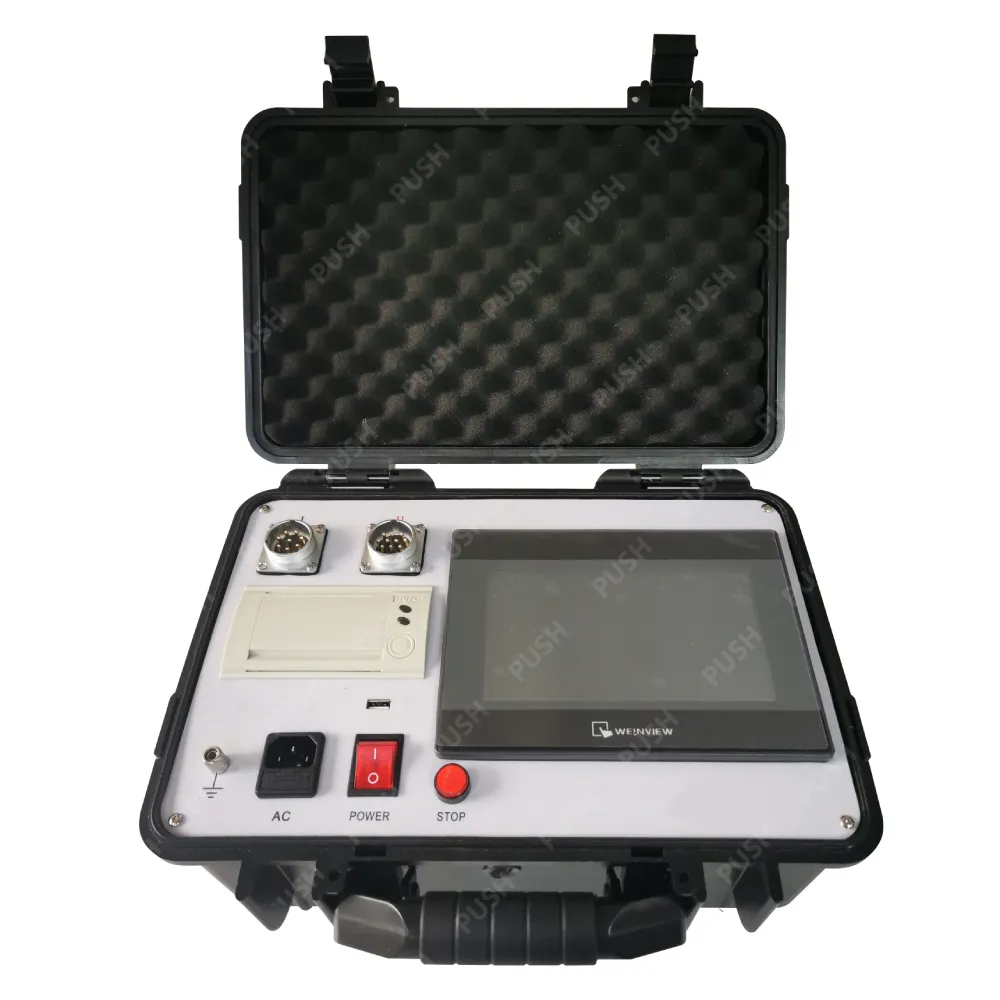 English
English



-
 Afrikaans
Afrikaans -
 Albanian
Albanian -
 Amharic
Amharic -
 Arabic
Arabic -
 Armenian
Armenian -
 Azerbaijani
Azerbaijani -
 Basque
Basque -
 Belarusian
Belarusian -
 Bengali
Bengali -
 Bosnian
Bosnian -
 Bulgarian
Bulgarian -
 Catalan
Catalan -
 Cebuano
Cebuano -
 China
China -
 China (Taiwan)
China (Taiwan) -
 Corsican
Corsican -
 Croatian
Croatian -
 Czech
Czech -
 Danish
Danish -
 Dutch
Dutch -
 English
English -
 Esperanto
Esperanto -
 Estonian
Estonian -
 Finnish
Finnish -
 French
French -
 Frisian
Frisian -
 Galician
Galician -
 Georgian
Georgian -
 German
German -
 Greek
Greek -
 Gujarati
Gujarati -
 Haitian Creole
Haitian Creole -
 hausa
hausa -
 hawaiian
hawaiian -
 Hebrew
Hebrew -
 Hindi
Hindi -
 Miao
Miao -
 Hungarian
Hungarian -
 Icelandic
Icelandic -
 igbo
igbo -
 Indonesian
Indonesian -
 irish
irish -
 Italian
Italian -
 Japanese
Japanese -
 Javanese
Javanese -
 Kannada
Kannada -
 kazakh
kazakh -
 Khmer
Khmer -
 Rwandese
Rwandese -
 Korean
Korean -
 Kurdish
Kurdish -
 Kyrgyz
Kyrgyz -
 Lao
Lao -
 Latin
Latin -
 Latvian
Latvian -
 Lithuanian
Lithuanian -
 Luxembourgish
Luxembourgish -
 Macedonian
Macedonian -
 Malgashi
Malgashi -
 Malay
Malay -
 Malayalam
Malayalam -
 Maltese
Maltese -
 Maori
Maori -
 Marathi
Marathi -
 Mongolian
Mongolian -
 Myanmar
Myanmar -
 Nepali
Nepali -
 Norwegian
Norwegian -
 Norwegian
Norwegian -
 Occitan
Occitan -
 Pashto
Pashto -
 Persian
Persian -
 Polish
Polish -
 Portuguese
Portuguese -
 Punjabi
Punjabi -
 Romanian
Romanian -
 Russian
Russian -
 Samoan
Samoan -
 Scottish Gaelic
Scottish Gaelic -
 Serbian
Serbian -
 Sesotho
Sesotho -
 Shona
Shona -
 Sindhi
Sindhi -
 Sinhala
Sinhala -
 Slovak
Slovak -
 Slovenian
Slovenian -
 Somali
Somali -
 Spanish
Spanish -
 Sundanese
Sundanese -
 Swahili
Swahili -
 Swedish
Swedish -
 Tagalog
Tagalog -
 Tajik
Tajik -
 Tamil
Tamil -
 Tatar
Tatar -
 Telugu
Telugu -
 Thai
Thai -
 Turkish
Turkish -
 Turkmen
Turkmen -
 Ukrainian
Ukrainian -
 Urdu
Urdu -
 Uighur
Uighur -
 Uzbek
Uzbek -
 Vietnamese
Vietnamese -
 Welsh
Welsh -
 Bantu
Bantu -
 Yiddish
Yiddish -
 Yoruba
Yoruba -
 Zulu
Zulu
cable hipot test standard
Understanding Cable Hipot Test Standards A Comprehensive Overview
The cable hipot test, short for high potential test, is a critical process in the electrical industry, primarily aimed at assessing the insulation integrity of power cables. Conducting these tests is essential to ensure that cables can withstand high voltages without allowing current to leak through their insulation. As electrical systems become progressively more complex and sensitive, adhering to established testing standards becomes vital for safety and performance.
What is a Cable Hipot Test?
A cable hipot test involves applying a high-voltage potential between the conductor and the insulation of the cable. This test evaluates the insulation's ability to withstand voltage stresses and detects any weaknesses or flaws that could potentially lead to electrical failures. The process generally involves two key types of tests the dielectric withstand test and the insulation resistance test. The dielectric withstand test applies a specified high voltage for a set duration, while the insulation resistance test measures the resistance of the insulation to direct current (DC) over time.
Importance of Adhering to Standards
Adhering to recognized standards is crucial for ensuring the reliability and safety of electrical systems. The International Electrotechnical Commission (IEC), the Institute of Electrical and Electronics Engineers (IEEE), and other relevant organizations provide guidelines that serve as benchmarks for conducting cable hipot tests. Compliance with these standards helps in
1. Ensuring Safety High-voltage tests assess the reliability of cable insulation, minimizing the risk of electric shocks and system failures. 2. Preventing Failures Regular testing as per standards helps identify potential weaknesses or defects in the insulation before they lead to catastrophic failures.
3. Enhancing Performance Cables that have undergone stringent testing are more likely to perform efficiently under operational conditions.
cable hipot test standard

Key Testing Standards
Several standards guide the proper execution of cable hipot tests, including
- IEC 60229 This standard outlines the method for testing the insulation of cables including the application of a high-voltage setting.
- IEEE 400 This standard for the testing of cable systems focuses on insulation integrity and includes recommendations for various hipot testing techniques.
- ASTM D149 This standard provides a method for measuring the dielectric strength of solid insulating materials, ensuring that cables meet required voltage thresholds.
Compliance with these standards not only ensures the safety and reliability of power cables but also instills confidence in the users and stakeholders involved in the electrical supply chain.
Conclusion
The cable hipot test is a vital routine operation that serves as the backbone of electrical safety and reliability. By following established testing standards, organizations can not only enhance the performance and longevity of their electrical systems but also withstand scrutiny from regulatory bodies and bolster consumer trust. Regularly scheduled hipot testing acts as a safeguard against potential electrical failures, protecting both people and property from the risks associated with high-voltage systems. As the electrical landscape evolves and technology advances, the importance of adhering to cable hipot test standards will only continue to grow, providing a benchmark for safety in an increasingly electrified world.
-
Testing Equipment Industry Sees Major Advancements in 2025: Smart & Precision Technologies Lead the WayNewsJun.06,2025
-
Applications of Direct Current Generators in Renewable Energy SystemsNewsJun.05,2025
-
Hipot Tester Calibration and Accuracy GuidelinesNewsJun.05,2025
-
Digital Circuit Breaker Analyzer Features and BenefitsNewsJun.05,2025
-
Benefits of Real-Time Power Quality Monitoring Devices for Industrial EfficiencyNewsJun.05,2025
-
Earth Fault Loop Testing in High-Rise Building Electrical SystemsNewsJun.05,2025



